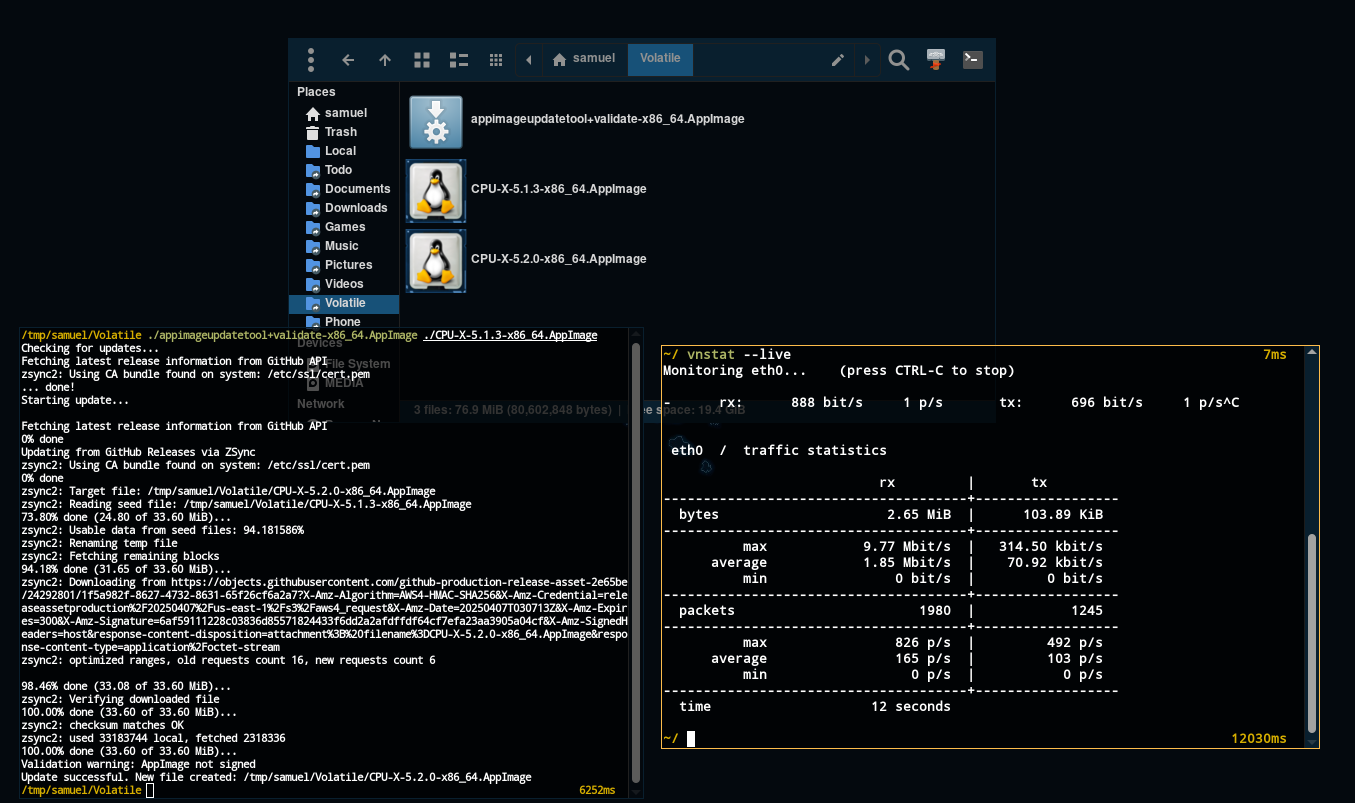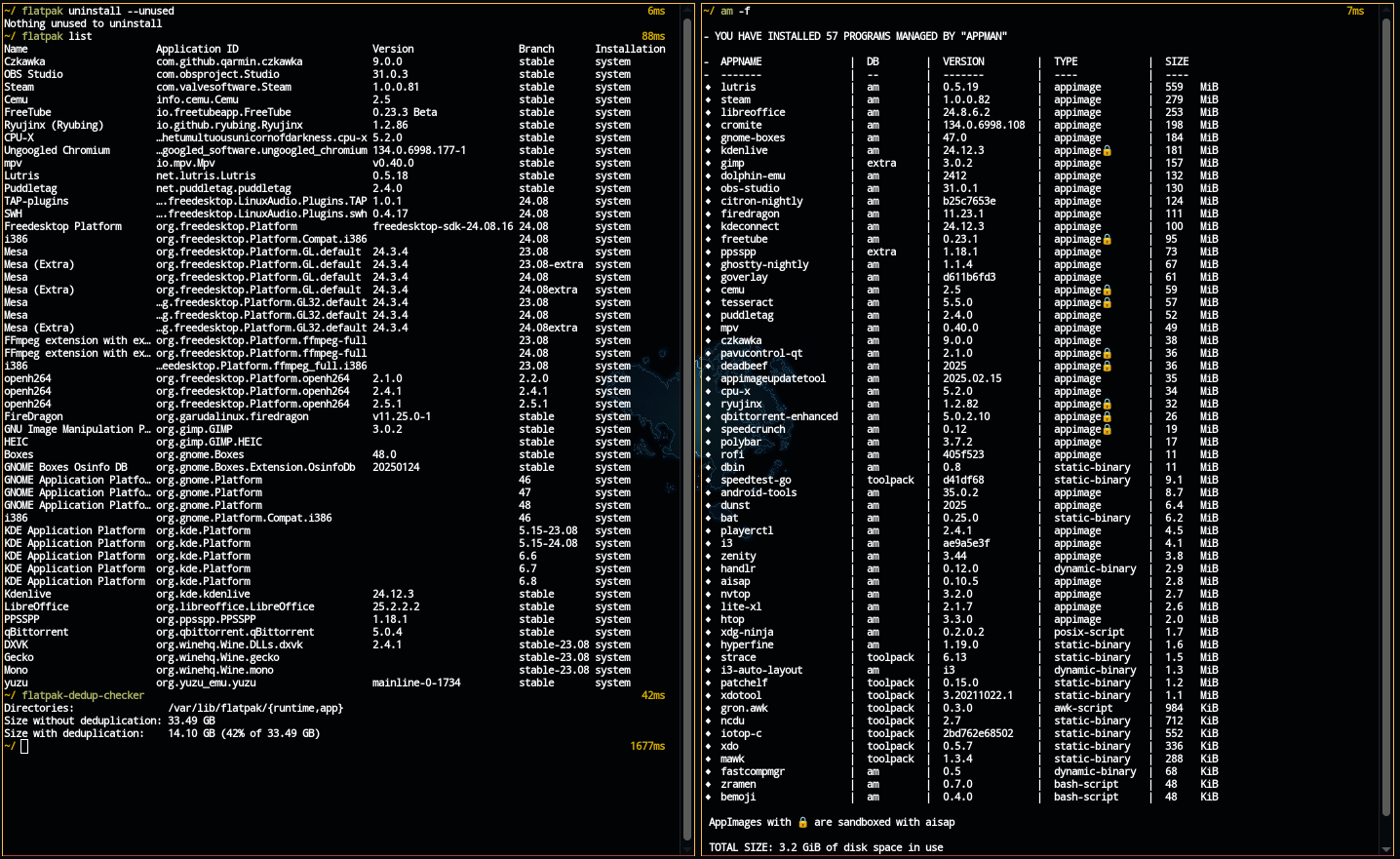omg I cannot fucking believe that while I was typing this I just saw another distro package nonsense:
There is this very good tool called soar which I use for static binaries. (It also has support for appimages but to be honest it is not as good as AM rn).
Well we just got a complain that fastfetch is not displaying the package count of soar, which fastfetch is able to do.
Turns out this is because the archlinux package is built without SQLITE3 which is needed for that feature to work 😫
And what’s worse is that account registrations are disabled in the archlinux gitlab, so I have to jump thru some hoops to get a basic bug report filed…




Be aware the sandbox of flatpak is not safe for web browsers, specially firefox based browsers:
https://seirdy.one/notes/2022/06/12/flatpak-and-web-browsers/
https://librewolf.net/installation/linux/#security
https://github.com/uazo/cromite/issues/1053#issuecomment-2191794660